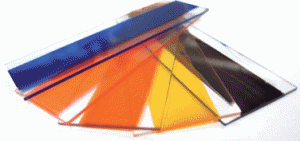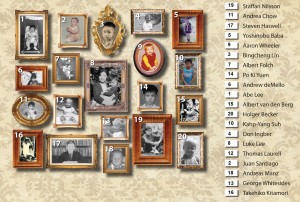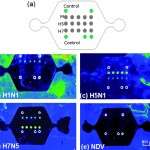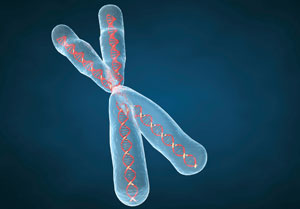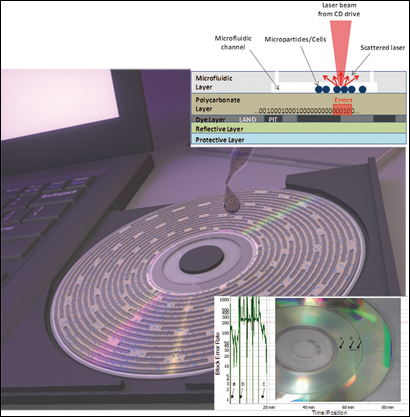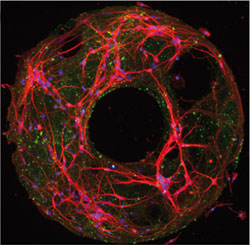
In this issue Michael Gaitan and Laurie Locascio introduce the 3rd annual μTAS Art in Science award, sponsored by Lab on a Chip and presented in October 2010 to Nicholas Gunn from the University of California, Irvine.
Nicholas Gunn’s winning image, entitled Cell Block 9, can be seen on the front cover of Issue 6.
The issue also features a highly recommended Critical Review from David Erickson at Cornell University on nanoscale manipulation techniques using near field photonics technology, a Communication on high speed droplet formation in microfluidic channels from Sung-Yong Park and Pei-Yu Chiou at UCLA.
HOT papers in this issue:
Nanomanipulation using near field photonics
David Erickson, Xavier Serey, Yih-Fan Chen and Sudeep Mandal
Lab Chip, 2011, 11, 995-1009
DOI: 10.1039/C0LC00482K, Critical Review
High-speed droplet generation on demand driven by pulse laser-induced cavitation
Sung-Yong Park, Ting-Hsiang Wu, Yue Chen, Michael A. Teitell and Pei-Yu Chiou
Lab Chip, 2011, 11, 1010-1012
DOI: 10.1039/C0LC00555J, Communication
Towards a fast, high specific and reliable discrimination of bacteria on strain level by means of SERS in a microfluidic device
Angela Walter, Anne März, Wilm Schumacher, Petra Rösch and Jürgen Popp
Lab Chip, 2011, 11, 1013-1021
DOI: 10.1039/C0LC00536C
A ‘microfluidic pinball’ for on-chip generation of Layer-by-Layer polyelectrolyte microcapsules
Chaitanya Kantak, Sebastian Beyer, Levent Yobas, Tushar Bansal and Dieter Trau
Lab Chip, 2011, 11, 1030-1035
DOI: 10.1039/C0LC00381F
A polyacrylamide microbead-integrated chip for the large-scale manufacture of ready-to-use esiRNA
Huang Huang, Qing Chang, Changhong Sun, Shenyi Yin, Juan Li and Jianzhong Jeff Xi
Lab Chip, 2011, 11, 1036-1040
DOI: 10.1039/C0LC00564A
Integrated DNA purification, PCR, sample cleanup, and capillary electrophoresis microchip for forensic human identification
Peng Liu, Xiujun Li, Susan A. Greenspoon, James R. Scherer and Richard A. Mathies
Lab Chip, 2011, 11, 1041-1048
DOI: 10.1039/C0LC00533A


